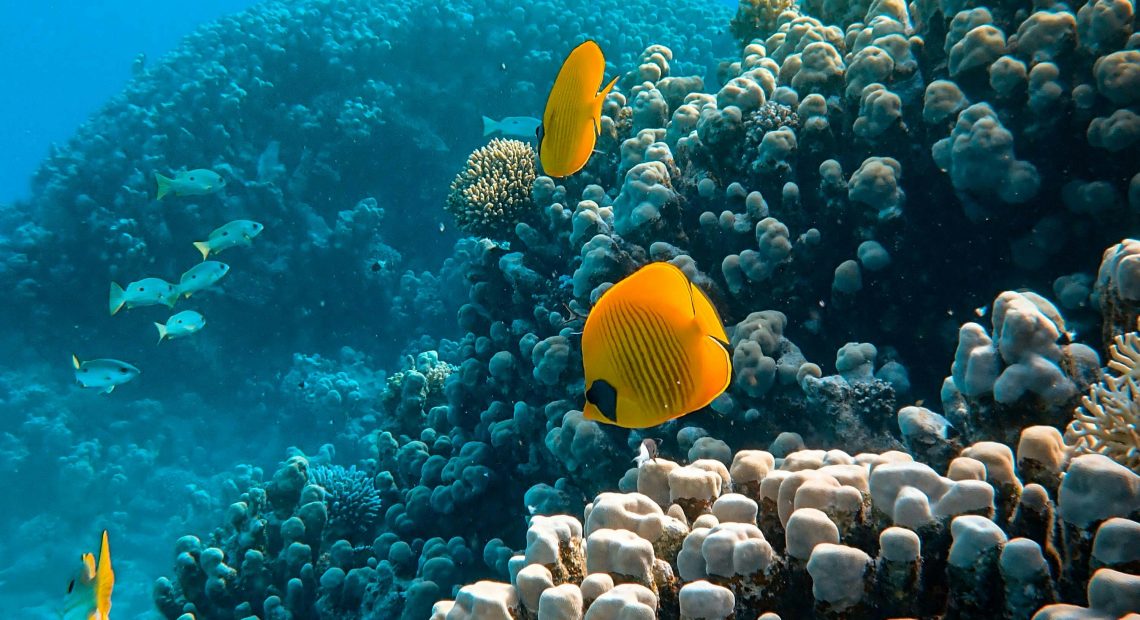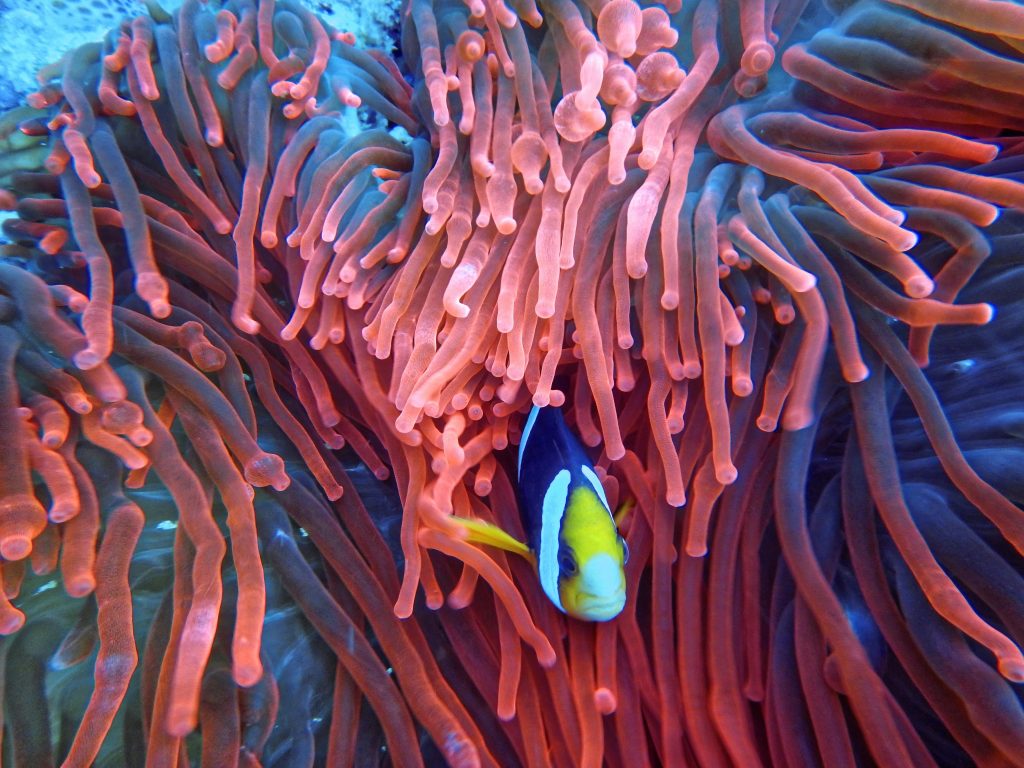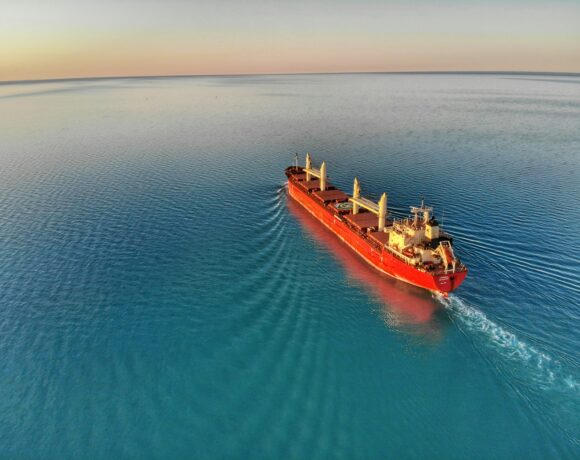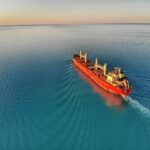Marine Ecology News Digest – May 2024

May 2024: Deep-Sea Surprises, Plastic Problems, and Penguin Predicaments
May was a month of unexpected discoveries, environmental wake-up calls, and some seriously cute penguin news. From the depths of the ocean to the icy shores of Antarctica, here’s a roundup of the most fascinating marine stories that made waves this month.
The Deep-Sea Dance Party: Bioluminescent Wonders
Who needs strobe lights when you’ve got bioluminescence? Scientists exploring the depths of the Pacific Ocean stumbled upon a mesmerising light show, courtesy of tiny glowing creatures called comb jellies. These gelatinous critters use their light-up abilities to attract mates, confuse predators, and create a disco party atmosphere thousands of feet below the surface.

We’re not sure if they’re doing the Macarena down there, but we’re definitely tapping our fins to the beat. (Source: Monterey Bay Aquarium Research Institute)
Plastic, Plastic Everywhere: The Great Pacific Garbage Patch Grows
The Great Pacific Garbage Patch, a swirling vortex of plastic debris twice the size of Texas, is a stark reminder of our plastic addiction. A recent study by The Ocean Cleanup project revealed that the patch is not only growing, but it’s also becoming more concentrated with microplastics. (Source: The Ocean Cleanup) This means trouble for marine life, as these tiny bits of plastic can enter the food chain and wreak havoc on ecosystems. It’s time to ditch the single-use plastics, folks!
Penguin Puzzle: Climate Change Scrambles Nesting Sites
Adélie penguins in Antarctica are facing a housing crisis. Climate change is causing the sea ice they rely on for breeding to melt earlier, leaving them scrambling to find suitable nesting spots. A study published in Nature Communications journal found that some colonies have declined by up to 77% in recent years. (Source: Nature Communications) This could have a ripple effect throughout the Antarctic food web. It’s a penguin predicament, indeed.
Shark Superpowers: Electric Senses and Healing Abilities
Sharks aren’t just apex predators; they’re also sensory superheroes and master healers. Researchers discovered that some sharks can detect electrical signals emitted by their prey, even if buried under sand. (Source: University of Florida) And that’s not all! Another study found that sharks have remarkable healing abilities, able to recover from serious injuries in a matter of weeks. (Source: Florida International University) These findings could lead to new medical treatments for humans. Talk about jaw-dropping discoveries!
Coral Reef Rescue Mission: 3D Printing to the Rescue
Coral reefs are in hot water, literally. But scientists are fighting back with a surprising tool: 3D printers. Researchers in the Maldives are using 3D printing to create artificial coral reefs that mimic the complex structures of natural ones. (Source: University of Cambridge) These “designer reefs” can provide habitat for fish and other marine life, potentially helping to restore damaged ecosystems. It’s a futuristic solution for a very real problem.
The Secret Life of Seagrass: Carbon-Storing Superstars
Move over, trees! Seagrass meadows are the unsung heroes of carbon storage. They absorb carbon dioxide from the atmosphere and store it in their roots and sediments, making them vital for mitigating climate change. A recent study published in Nature Geoscience estimated that seagrass meadows can store twice as much carbon as forests on land. (Source: Nature Geoscience) Time to give seagrass the recognition it deserves!
Drones to the Rescue: Protecting Whales from Ship Strikes
Whale-watching might be a beloved pastime, but for the whales themselves, it can be a dangerous encounter. Ship strikes are a major threat to these majestic creatures. But fear not, drones are here to help! Conservationists are using drones to monitor shipping lanes and alert vessels of whales in the area, helping to prevent collisions. (Source: NOAA Fisheries) It’s a win-win for both humans and cetaceans.
The Mystery of the Singing Fish: Toadfish Tunes
Move over, whales! Turns out, toadfish have a song to sing too. These bottom-dwelling fish use their swim bladders to produce a chorus of grunts and whistles, especially during mating season. But what’s the purpose of their underwater serenade? Scientists are still trying to crack the code, but one theory is that it’s all about attracting a mate. Perhaps these toadfish are the Barry White of the underwater world. (Source: Scripps Institution of Oceanography)
The Ocean Cleanup Project Makes a Splash: First Plastic Catch
Remember that giant plastic-catching contraption we mentioned earlier? Well, it’s not just a pipe dream anymore. The Ocean Cleanup project successfully deployed its System 002 in the Great Pacific Garbage Patch and hauled in a whopping 10,000 kilograms of plastic waste! (Source: The Ocean Cleanup) While there’s still a long way to go, this marks a significant milestone in the fight against ocean plastic pollution.
Marine Protected Areas: A Lifeline for Overfished Species
Overfishing is a major threat to marine biodiversity, but marine protected areas (MPAs) are offering a glimmer of hope. These designated zones, where fishing is restricted or banned, allow fish populations to recover and ecosystems to thrive. A recent study in the Science journal found that MPAs can significantly boost fish populations, even in areas with intense fishing pressure. It’s proof that giving the ocean a break can make a big difference.
That’s a wrap for May!
Stay tuned for more marine marvels and environmental updates next month!
References
The Food and Agriculture Organization (FAO) – https://www.fao.org
The National Oceanic and Atmospheric Administration (NOAA) – https://www.noaa.gov
The Ocean Cleanup – https://theoceancleanup.com
Scripps Institution of Oceanography – https://scripps.ucsd.edu















